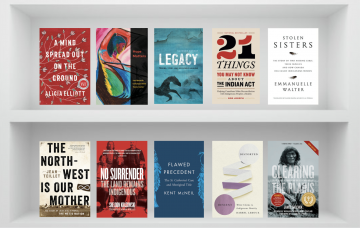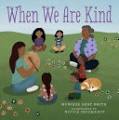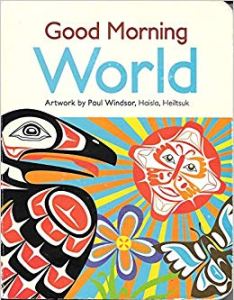Orange Shirt Day
The Government of Canada has designated September 30 as the National Day for Truth and Reconciliation. This action is a response to the Truth and Reconciliation Commission’s Call to Action # 80 and calls the nation to pause and observe the history and legacy of the Indian Residential School system in Canada. For many it will be a day of remembrance and mourning; for others it will be a time to spread awareness and understanding about the history of the Indian Residential School system in Canada.
Phyllis Webstad, a former student of St. Joseph’s Residential School in Williams Lake, founded Orange Shirt Day. Phyllis is a member of the Stswecem’c Xgat’tem First Nation and was sent to St. Joseph’s in 1973. Her grandmother sent Phyllis to school proudly wearing a new orange shirt. Upon arriving at school, the shirt was “stripped from her, never to be seen again.” Orange Shirt Day recognizes the harm that the residential school system did to the children and their communities.
To learn more about Phyliis Webstad and Orange Shirt Day, please visit the Orange Shirt Day Website.
Indigenous Language Apps

FirstVoices is a non-profit organization based in British Columbia helping to preserve Indigenous languages and oral traditions.
It provides a suite of web-based tools and services to support Indigenous people engaged in language archiving, language teaching and culture revitalization.
It offers two types of apps: a keyboard app and a dictionary app:
- The Keyboard App: The keyboard app allows you to type from your phone in one of more than 100 Indigenous languages, includes every First Nations language in Canada, Australia and New Zealand plus many USA languages.
- The Dictionary Apps The dictionary apps are interactive dictionary/phrase apps in First Nations languages and contain text, audio, image and video content.
The apps are available as free downloads from the Apple App store and Google Play stores for iOS and Android devices.
Back to top
Indigenous Children’s Books to Enjoy with Your Kids
Learn about these librarian-recommended Indigenous children’s books


Top 10 Indigenous Books
Read about these top Indigenous books.

Back to top
Bannock
What is Bannock?
Bannock is quick bread traditional prepared by Indigenous peoples in North America. It is usually made from grain, round in shape. It is now commonly fried; however, it can be baked in an oven or booked over an open fire.
Here are some examples of the various formats in which bannock can be found:



History of Bannock
Bannock can be found throughout North American Indigenous cuisine. It is commonly believed that many Indigenous peoples prepared bannock using whatever resources were available to them at the time. Bannock can be made using flour made from a variety of grains. Traditionally, no leavening agents were used to prepare the bread; however, today people often use baking soda to help it rise.
Pre-contact, the bannock prepared by many Indigenous peoples was made from corn and nut meal and in some cases flour made from roots or bulbs. Fruit and sap were used the help sweeten the bread. A wide variety of different methods were employed to help prepare the bannock. One method was to roll the dough in sand and then cook it in a pit. Once the dough was cooked the sand could be easily brushed off before consuming. Some groups made the bannock in clay ovens or wrapped the dough around a stick and booked it over an open fire.
Simple Bannock Recipe
Preheat oven to 350 degrees F (175 degrees C), and gather all of your ingredients.
Ingredients
- 3 cups all-purpose flour
- 2 tbsp baking powder
- 1/4 cup butter
- 1 1/2 cups water
- 1 tsp salt
Directions
- Measure flour, salt and baking powder in a large blow and stir to mix.
- Melt the butter in a small pot or in a microwave.
- Pour melted butter and water over mixture. Stir with a fork to make a ball.
- On a lightly floured surface, turn out dough and knead gently about 10 times.
- Pat into a flat circle ¾ to 1 inch thick.
- Place onto greased baking sheet at bake for 25-30mins. You can use a small amount of vegetable oil, olive oil or cooking spray to grease your baking sheet. Alternatively, you can fry it in a frying pan on medium heat for about 15 mins on each side.
- Bannock is ready when tester fork comes out clean.
- Enjoy!

